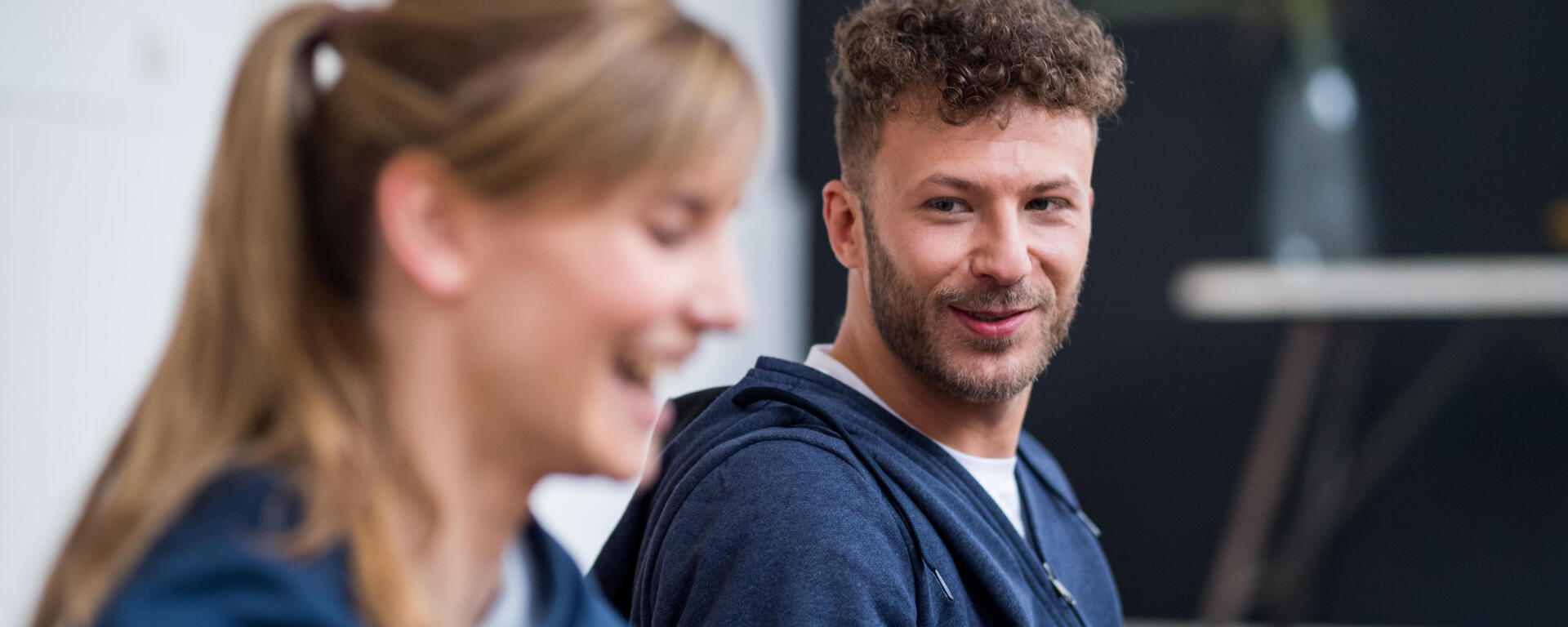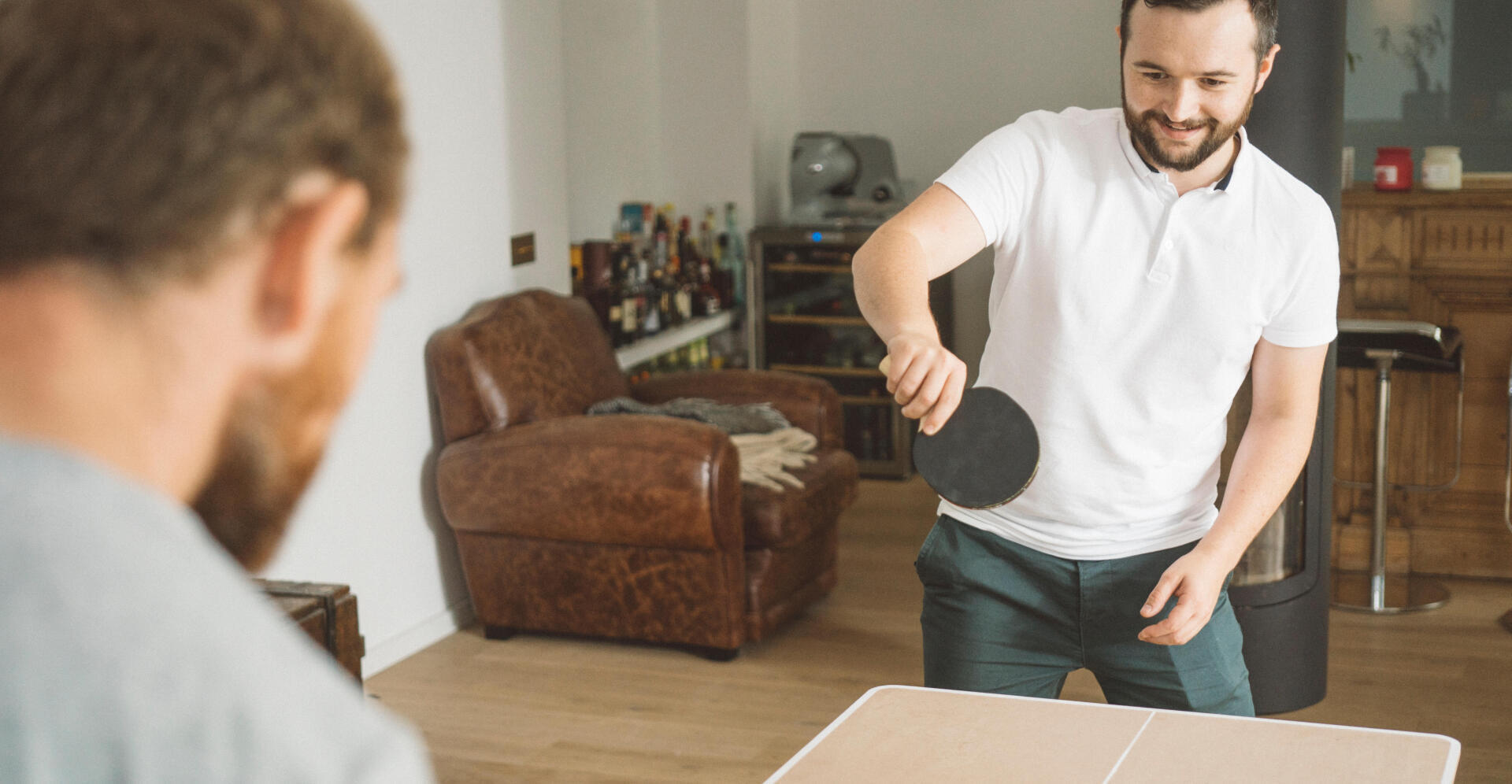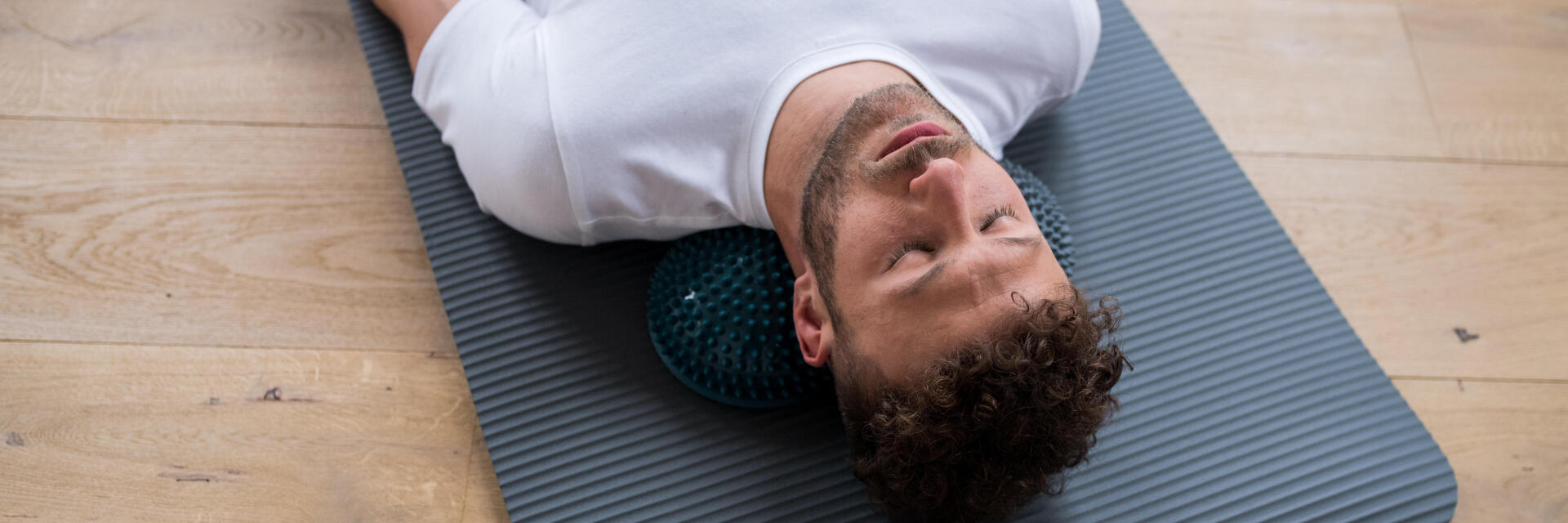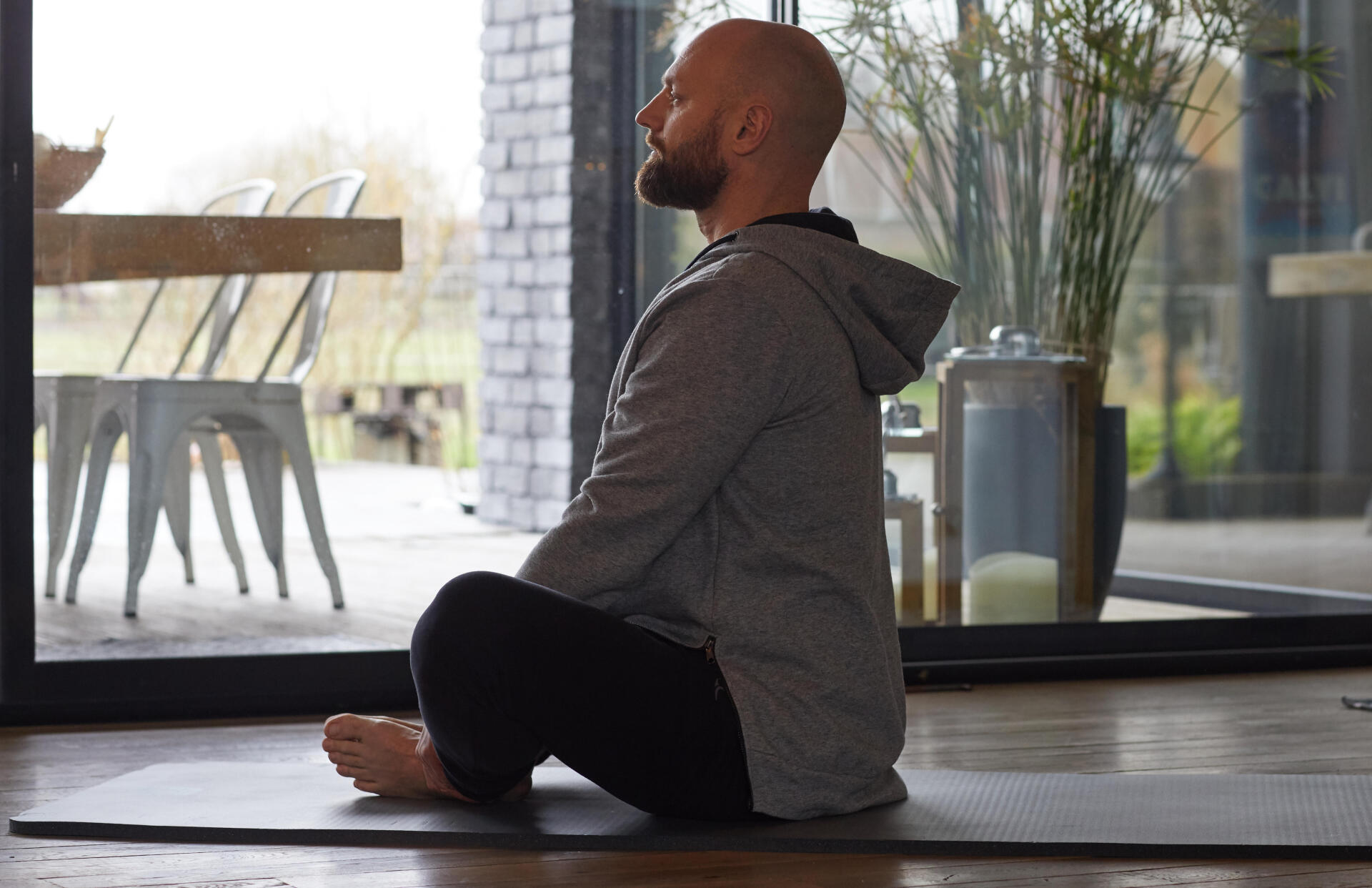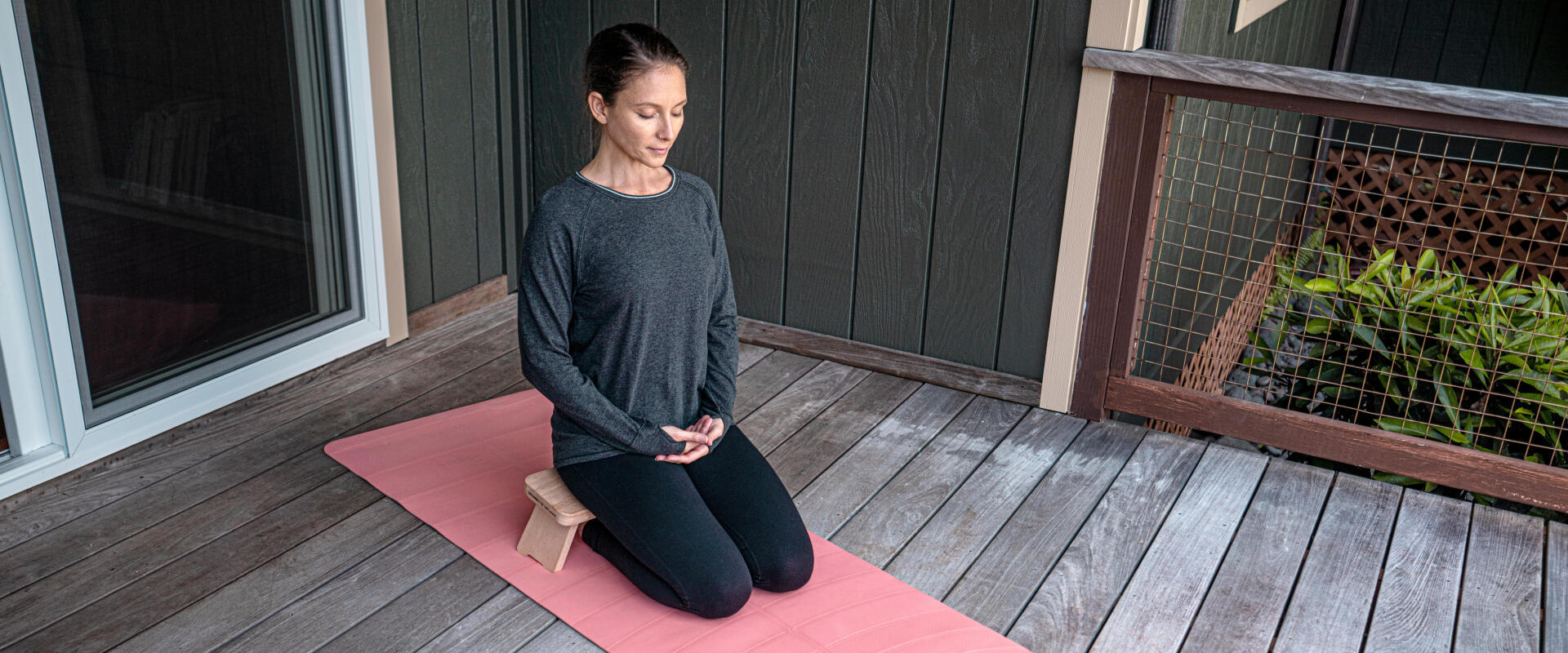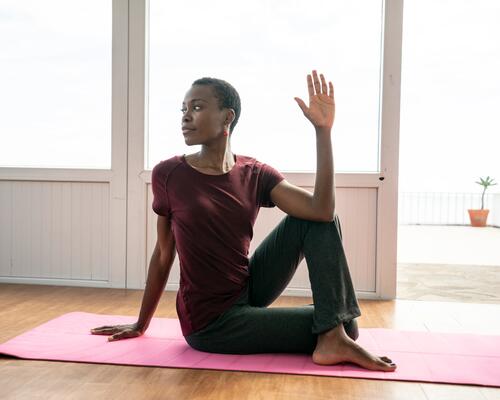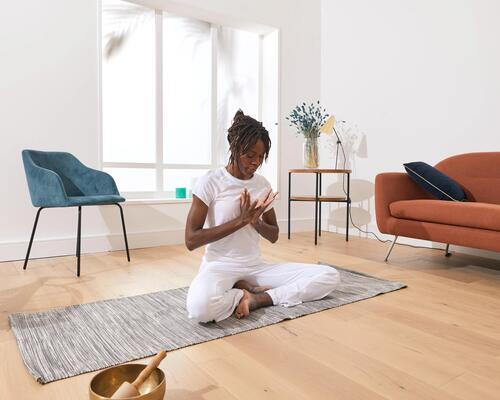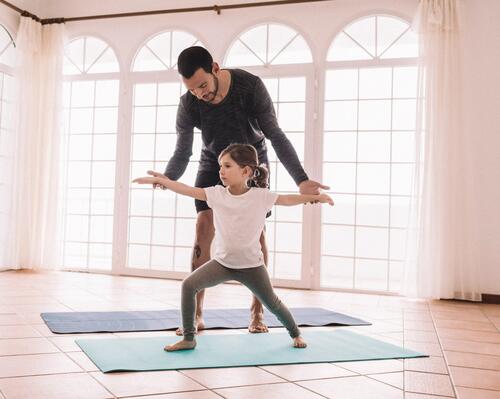SET GOALS FOR YOURSELF
If you ever feel lonely, it's important to remember that you have the power to take control of your own life and daily routine. To stay motivated, try setting daily goals for yourself and focusing on self-improvement. By putting yourself first, you can improve your mental health and overall well-being. Remember, you have the ability to make positive changes in your life and create a fulfilling routine for yourself.
Overworked? Trying to catch your breath? It's important to take a step back and prioritize your tasks. Make a plan to better organize and manage your workload, and be sure to schedule some time for self-care.
Too much free time on your hands? Try learning a new hobby or learning a new skill! Having goals and projects will help you avoid getting stuck in a rut. This is also a great opportunity to try a new sport and get active. By finding a balance and setting goals for yourself, you can improve your productivity and overall well-being.

